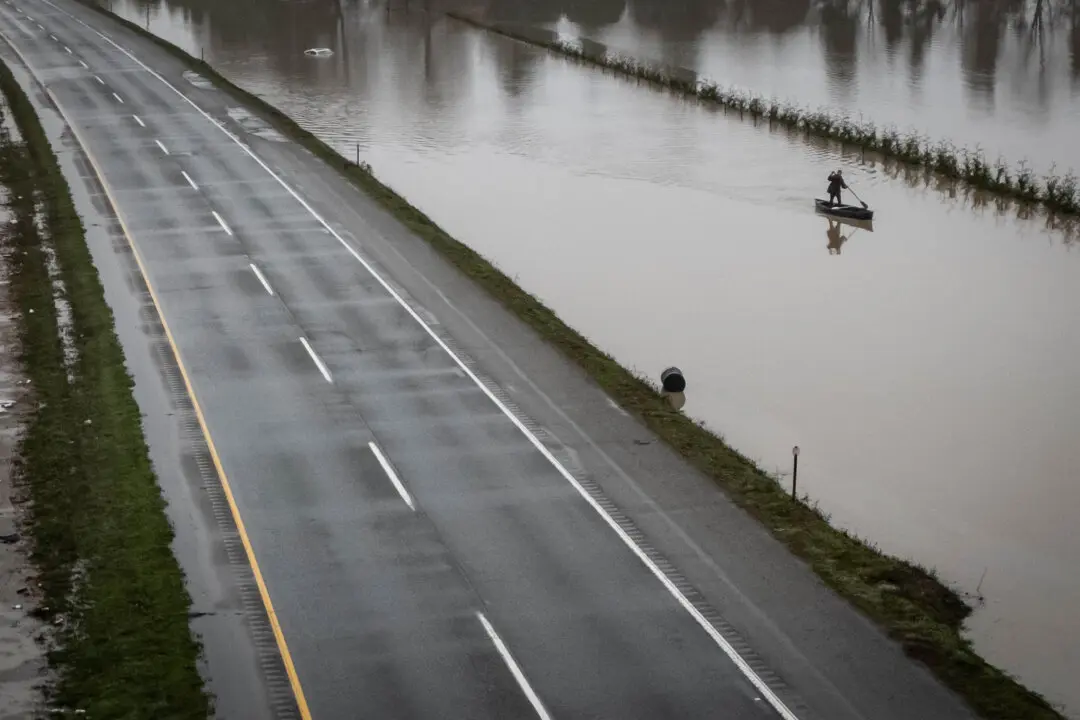A tsunami advisory for areas along the B.C. coast was lifted in the early morning of July 30, after a powerful earthquake occurred in the Pacific Basin close to Kamchatka, Russia.
The B.C. government noted the cancellation on its emergency information page July 30, after previously issuing a tsunami advisory for B.C.’s north and central coasts, including Kitimat and Bella Coola, Haida Gwaii and the west and northeast coasts of Vancouver Island.
The earthquake happened on the afternoon of July 29 around 135 kilometres southeast of the city of Petropavlovsk in the east of Russia, leading to a tsunami advisories for B.C. as well as Alaska, areas on the U.S. West Coast, and many areas of the north Pacific all the way to New Zealand.
While the advisory was in place, B.C. residents were advised to stay away from the coast and follow any emergency alerts they might receive, with the province noting that although significant flooding wasn’t expected, residents should stay out of the water and away from beaches, harbours, and marinas.
The advisory never reached the level of a tsunami warning, which requires that residents immediately evacuate from all coastal areas along a designated escape route.
The small Vancouver Island town of Tofino, B.C., closed all of its beaches on July 29 after the advisory was issued but lifted the closure early July 30, saying that “there is no longer a tsunami threat, and it is now safe to return to beaches, harbours, and shoreline areas.” According to the district of Tofino, the town “experienced minimal wave activity overnight, with a maximum height of approximately 0.5 feet.”
B.C.’s Earthquake and Tsunami Preparedness Guide advises those near the coast when an earthquake occurs to “drop, cover and hold on,” and get to higher ground when the shaking stops to stay away from a potential tsunami. The guide notes that around 4,000 earthquakes occur in B.C. each year, with most “too small to be felt.”
“However, earthquakes strong enough to cause damage do happen,” the guide says. “The most at-risk regions of British Columbia are along the west coast, where the threat of a destructive tsunami is also very real.”
The guide advises every individual and family to have an emergency plan in place including enough food in storage to last two weeks per person, as well as go-bags full of medical, food, and water supplies. It notes that Canada’s Earthquake Early Warning system issues alerts via TV, radio, and compatible mobile phones when an emergency occurs.
The 8.8 magnitude earthquake is among the six strongest earthquakes ever recorded, and led to tsunami warnings across the northern Pacific Ocean from Alaska to New Zealand, as well as Hawaii, American Samoa and Japan. Waves off the Russian coast reached up to 15 feet high.
The easternmost areas of Russia sit along the Pacific Ring of Fire, a tectonic belt area often subject to volcanic activity and large earthquakes. Dozens of aftershocks between 4 and 5 magnitude have been recorded since the initial earthquake on July 29, according to the U.S. Geological Survey.
Although several non-life-threatening injuries have been reported as a result of the July 29 earthquake, there have been no fatalities reported so far and no significant property damage.





